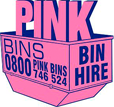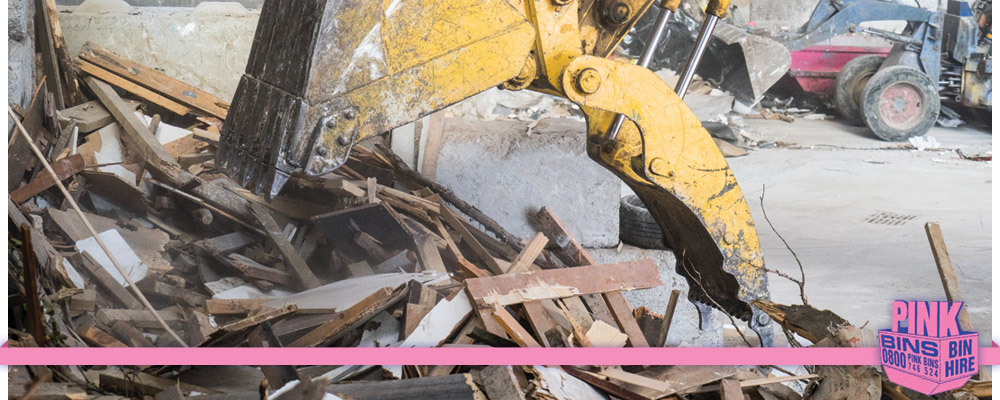Auckland is growing at a massive rate. In fact, the way things are going, we could reach a population of two million in less than a decade. And, of course, with increased population, comes increased waste.
Waste is … wasteful
The more recyclable products consigned to landfill, the more natural resources must be taken from the Earth to manufacture new products. The supply of many natural resources is limited, so there will come a time when we run out.
Waste is harmful to the environment
Not only is failing to recycle wasteful, many materials, such as plastic, contaminate the earth—some plastics can take up to 1,000 years to decompose, and plastic bags wreak havoc with marine life.
Waste is expensive
In costs around $200 per tonne to send waste to landfill. And, to encourage people and businesses to recycle, the Government, through the Waste Minimisation Act, imposes an additional levy of $10 per tonne. By the time waste disposal companies, like us, allow for administration, the cost to customers comes to $15 plus GST.
So, if you run a business, waste disposal is a significant cost that will only increase over time.
Cutting costs through recycling
At Pink Bins, we reduce the cost of waste disposal by recycling as much as we can. Of the approximately 1,400 tonnes of waste we pick up every month, we recycle around half of this on average.
What can you do to reduce waste?
If you run a business, separating recyclable from non-recyclable materials will most likely be a low priority for your staff. So, the onus is on you to put in place a recycling programme.
One way to do this is to assign bins for specific recyclable materials. This makes it easy for staff and encourages them not to throw everything into one bin.
Conduct a waste audit
Conducting a waste audit is, perhaps, the best place to start. This enables you to figure out how much waste your business generates and how much you can send away for recycling.
Auckland Council has some suggestions and provides a Waste Audit Guide.
Here are the steps the Council suggests:
- Identify all your business’ waste-disposal points.
- Identify who collects the waste and when.
- Decide on a period to assess (a day or week, etc.).
- Identify the source and quantity of each waste type.
Here is a useful PDF from the Greater Wellington Regional Council about how to conduct a waste audit.
Was this post useful? If so, please share.

